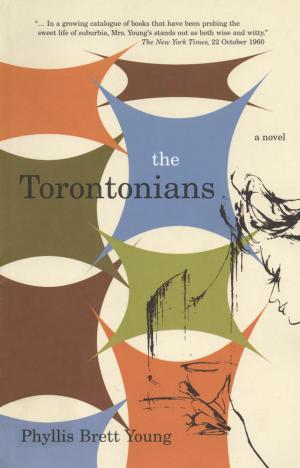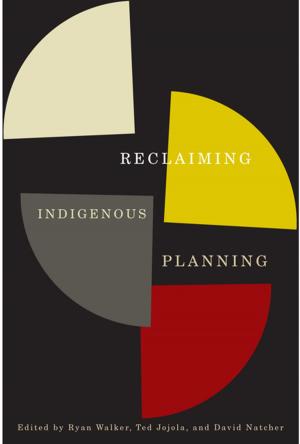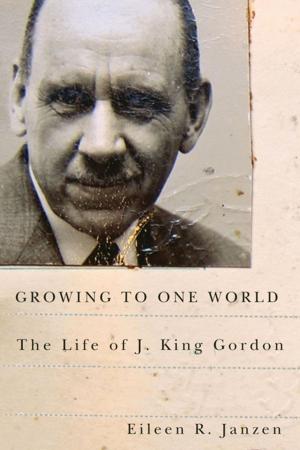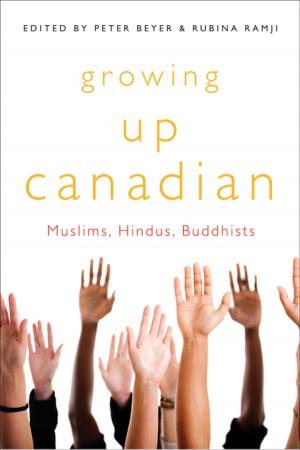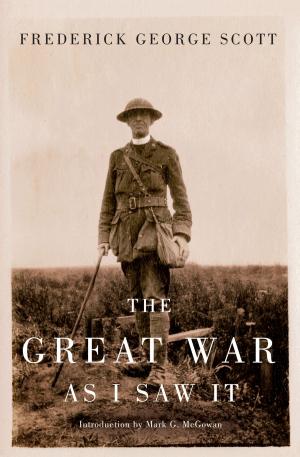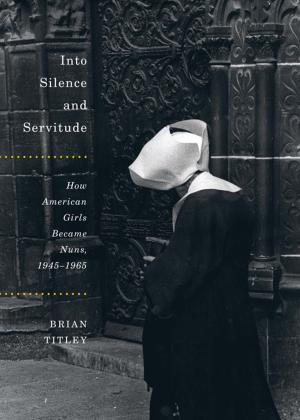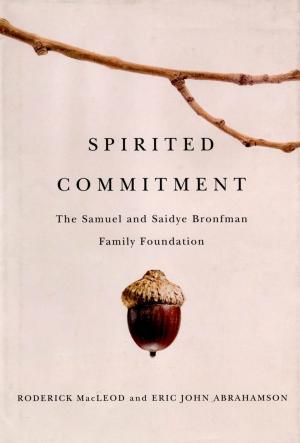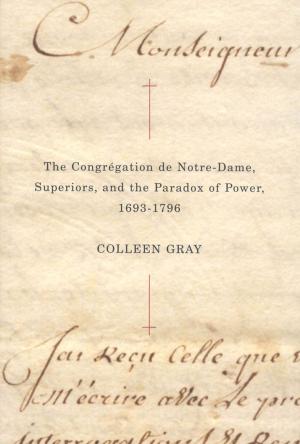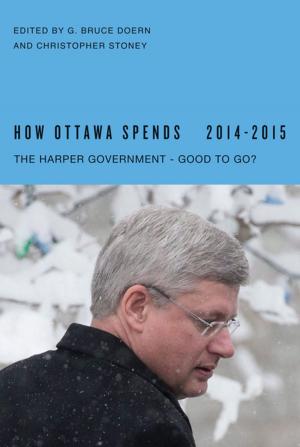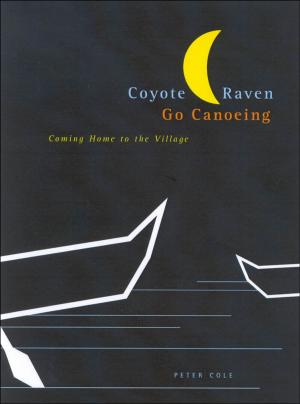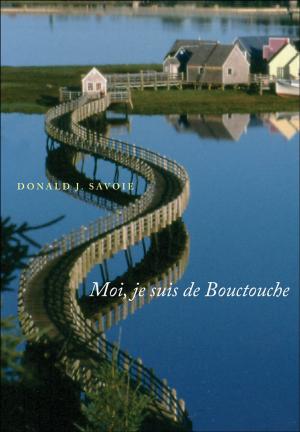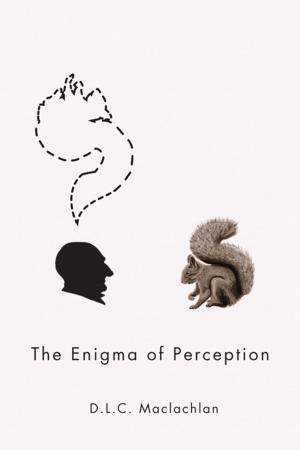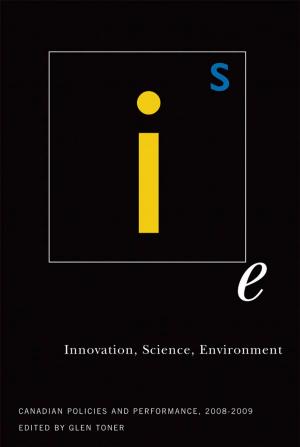McMaster University, Volume 3: 1957-1987
A Chance for Greatness
Nonfiction, Reference & Language, Education & Teaching, Administration| Author: | James G. Greenlee | ISBN: | 9780773582699 |
| Publisher: | MQUP | Publication: | May 1, 2015 |
| Imprint: | MQUP | Language: | English |
| Author: | James G. Greenlee |
| ISBN: | 9780773582699 |
| Publisher: | MQUP |
| Publication: | May 1, 2015 |
| Imprint: | MQUP |
| Language: | English |
In 1957, McMaster was a small Baptist enclave of traditional higher learning on the western outskirts of Hamilton. Thirty years later it was home to the only nuclear reactor on a Commonwealth campus and had cultivated a thriving engineering program and a world-class medical school. In the third volume of the university's history, James Greenlee illuminates the core ideas, driving ambitions, and occasionally sharp conflicts that marked this startling transition. Greenlee offers a tightly focused study of the planning, people, and events that gave McMaster its distinctive and bold personality. At the heart of these developments stood President Harry Thode, whose master plan forged a research-intensive institution of medium size, but one capable of surpassing the largest institutions in carefully selected fields. Despite dramatic ups and downs, the remarkable persistence of this model is the key to understanding modern McMaster. For readers interested in the problems of mass education in a democratic age, the origins of revolutionary approaches to medical training, or the tangled relations among a university, its community, and the province, this volume, like the McMaster leaders it follows, has a story to tell.
In 1957, McMaster was a small Baptist enclave of traditional higher learning on the western outskirts of Hamilton. Thirty years later it was home to the only nuclear reactor on a Commonwealth campus and had cultivated a thriving engineering program and a world-class medical school. In the third volume of the university's history, James Greenlee illuminates the core ideas, driving ambitions, and occasionally sharp conflicts that marked this startling transition. Greenlee offers a tightly focused study of the planning, people, and events that gave McMaster its distinctive and bold personality. At the heart of these developments stood President Harry Thode, whose master plan forged a research-intensive institution of medium size, but one capable of surpassing the largest institutions in carefully selected fields. Despite dramatic ups and downs, the remarkable persistence of this model is the key to understanding modern McMaster. For readers interested in the problems of mass education in a democratic age, the origins of revolutionary approaches to medical training, or the tangled relations among a university, its community, and the province, this volume, like the McMaster leaders it follows, has a story to tell.


